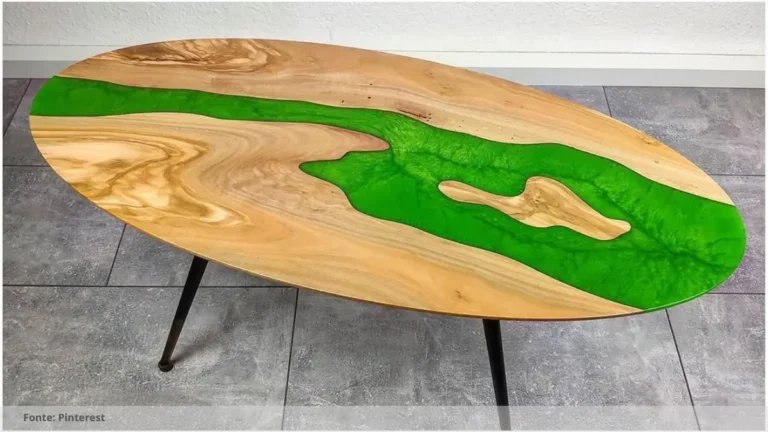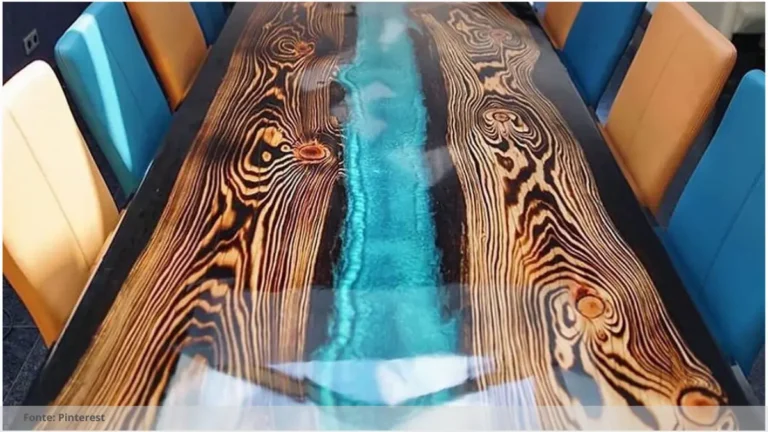
Epoxy Resin with Pigment: Enhancing Your Creations with Vibrant Color Effects
The Magic of Epoxy Resin
Epoxy resin has become increasingly popular among artists, crafters, and DIY enthusiasts in recent years. This versatile material can be used for a wide range of projects, from creating stunning resin jewelry to coating tabletops and countertops. Epoxy resin is loved for its durability, high-gloss finish, and ability to preserve and enhance the beauty of whatever it is used on.
Unleashing the Power of Pigment
One of the best ways to take your epoxy resin creations to the next level is by adding pigment. Pigments come in a wide range of colors and can be used to create custom hues, gradients, and effects. Whether you want to create a bold, eye-catching piece or a subtle, sophisticated design, pigments can help you achieve the look you’re after.
Creating Vibrant Color Effects
By combining epoxy resin with pigment, you can create stunning color effects that are sure to impress. Whether you’re looking to add a pop of color to your artwork or bring new life to your home decor, pigmented epoxy resin is the perfect solution. With a little creativity and experimentation, the possibilities are endless.
Choosing the Right Pigments
When selecting pigments for your epoxy resin projects, it’s important to choose high-quality products that are designed specifically for use with resin. Look for pigments that are UV-stable, non-toxic, and easy to work with. It’s also a good idea to experiment with different colors and ratios to achieve the desired effect.
Tips for Using Pigmented Epoxy Resin
To get the best results when using pigmented epoxy resin, be sure to mix the pigment thoroughly into the resin before pouring. Take your time and work carefully to avoid air bubbles and ensure a smooth, even finish. You can also experiment with different application techniques, such as layering colors or using a combing tool to create interesting patterns and textures.
In conclusion, epoxy resin with pigment is a versatile and exciting medium that can help you take your creative projects to the next level. Whether you’re a seasoned artist or a beginner crafter, adding pigment to your epoxy resin creations can open up a world of possibilities. So why not give it a try and see where your imagination takes you?
Read the Recent Articles of the Day by Clicking Here!
When using epoxy resin with pigment to enhance your creations with vibrant color effects, it is important to remember that less is often more. It can be tempting to add a lot of pigment to achieve a bold color, but using too much pigment can result in a muddy or streaky appearance.
Instead, start with a small amount of pigment and gradually add more until you achieve the desired color intensity. You can always add more pigment, but it’s much harder to remove it once it’s mixed into the resin.
Additionally, make sure to mix the pigment thoroughly into the resin to ensure an even distribution of color. Take your time and mix slowly to avoid introducing air bubbles into the resin, which can affect the clarity and smoothness of the final product.
Experiment with different color combinations and techniques to create unique effects and designs. Remember that practice makes perfect, so don’t be afraid to try new things and push your creativity to new levels with epoxy resin and pigment.

Frequently Asked Questions: Epoxy resin with pigment
What is epoxy resin pigment and how does it work?
Epoxy resin pigment is a type of colorant that is mixed with epoxy resin to add color. It works by dispersing evenly within the resin to create a vibrant finish.
Can epoxy resin with pigment be used for jewelry making?
Yes, epoxy resin with pigment can be used for jewelry making. It adds color and depth to pieces, making them unique and visually appealing.
How do I mix epoxy resin pigment for the best results?
To achieve the best results when mixing epoxy resin pigment, it is important to follow the manufacturer’s instructions, measure accurately, mix slowly, and ensure thorough incorporation of the pigment.
Are there any tips for creating unique color effects?
Experiment with different color combinations, use unexpected hues, try different blending techniques, and play around with textures and finishes to create truly unique color effects.
So, what do you think about this subject? Share your opinion in the comments and let’s continue discussing together!


